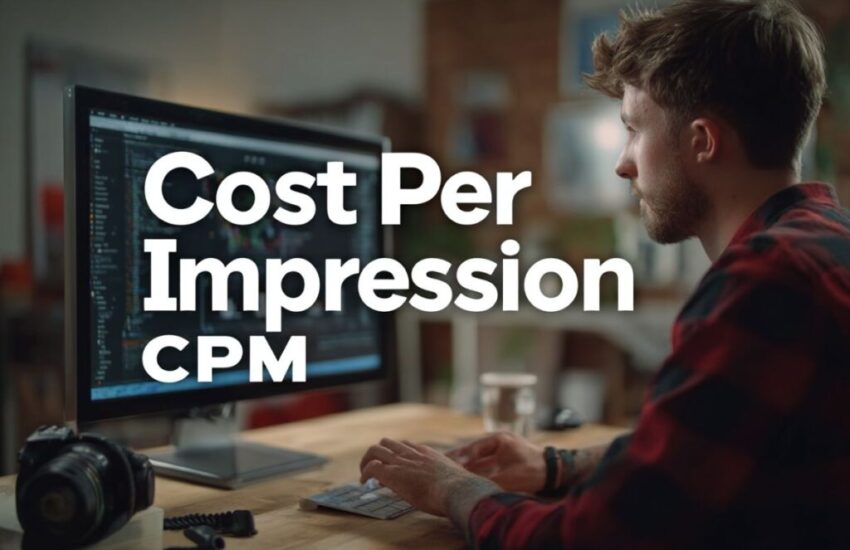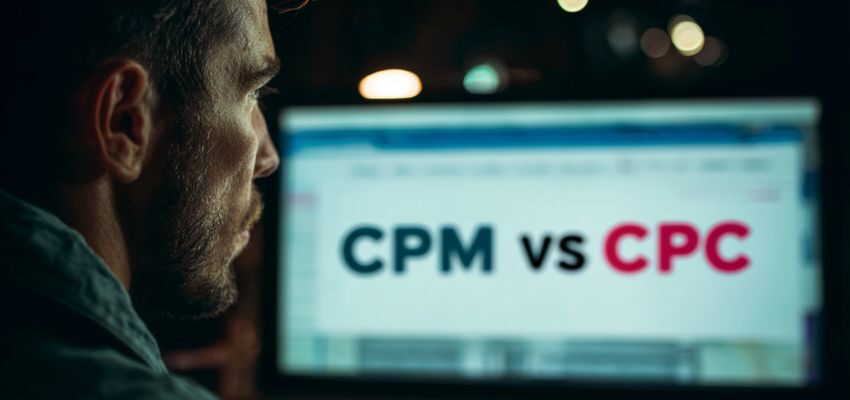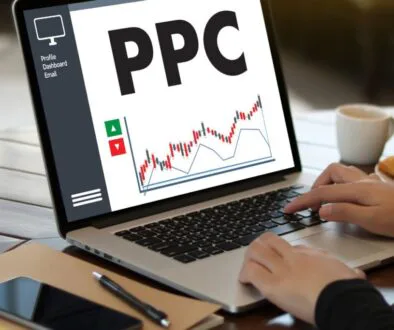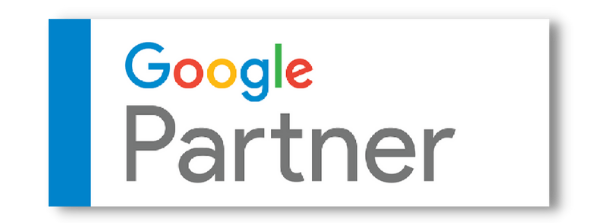What Is Cost Per Impression Or CPM? Everything You Need To Know

Published August 18, 2025
In digital marketing, every penny counts, and knowing exactly what you’re paying for can make or break your ad campaigns. One of the most important metrics to master is cost per impression (CPM), also known as cost per thousand impressions. Whether you’re comparing CPM vs. cost per click, wondering what is a good cost per impression, or aiming to stretch your budget further, understanding CPM is essential.
This guide breaks down what cost per impression means, why it matters, how to calculate it, and proven strategies to optimize it so that you can turn impressions into real marketing impact.
Understanding Cost Per Impression (CPM)
Cost per impression, often called cost per mille, measures how much you pay for every 1,000 times your ad is shown. An “impression” simply means your ad appeared on a user’s screen, whether or not they interacted with it.
Unlike cost-per-click models, CPM focuses purely on visibility, making it a favorite for brand awareness campaigns. If your goal is to saturate your market with your message, CPM provides a clear benchmark to measure exposure.
In the crowded digital space, understanding CPM isn’t just helpful, it’s a must if you want to compete for attention without overspending.
How CPM Works in Digital Advertising
Think of CPM as renting space in your audience’s mind. You’re paying for eyeballs, not actions. Ad networks like Google Display Network and Meta Ads use CPM bidding to determine whose ads get shown and how often.
The higher your bid and the more relevant your ad, the better your visibility. Platforms calculate costs based on impressions served, meaning even if no one clicks, you still pay for the exposure.
While this may sound risky, CPM campaigns shine when you’re aiming to boost recognition and recall, laying the groundwork for future clicks, sign-ups, and purchases.

Calculating Your CPM Made Simple
CPM calculation is simple, CPM = (Total Advert spending divided by Impressions ) x 1000. In the case example, assuming that you have spent 250 dollars and your advertisement has earned 50,000 impressions, then your CPM will be 5.
This simple calculation assists you in evaluating the financial advantage of various campaigns or websites. It also reveals whether you are getting a premium or getting a steal on your audience. Have in mind that a low CPM does not necessarily mean success.
Not only the number of impressions, but the quality and relevance of the received impressions are also important. Target CPM rates that would provide an appropriate balance between reach and engagement that makes a difference.
What Counts as a Good CPM?
The one and perfect CPM does not exist, it varies depending on the industry, your audience, and your campaign objectives. The CPM for a niche may be fantastic to one niche but not viable to another. CPMs are normally high in more institutional sectors such as finance or technology, as the audiences are highly valuable.
Seasonal demand also counts, and during holidays, advertisers bid so hard on space-expect the costs to increase. Instead of going after the lowest CPM, place your attention on whether you are getting the desired brand awareness or conversions with those impressions.
A slightly more expensive CPM to the correct audience can perform much better than a bargain rate that may reach out to the wrong audience.

CPM vs. CPC: Which Works Best?
CPM and cost-per-click (CPC) campaigns do not have the same purpose. CPM is the best when you are primarily focused on exposure, and your advertisement will be shown to as many people as it is possible without clicks behind it. This would be ideal when publicizing a brand, promoting an event or a product release.
CPC will cost you, but only on a click. In contrast, CPC is superior in driving traffic and converting people on your site. It has to do with strategy: are you seeding the minds of your audience? Well then, use CPM.
CPC may provide greater returns to you, in case you need immediate interaction and measurable results.
How to Lower Your CPM Without Losing Reach
Reducing your CPM is not a question of fewer dollars on expenses but a question of being smarter with expenditure. Begin by making sure your marketing is targeted in such a way that your ads do not go to everybody, but rather to those who would likely be concerned.
Relevant scores increase with high-quality graphical images and persuasive headlines, reducing costs. Test out the various ad placement locations and formats to find out where you are best received.
The lower cost impressions can also be provided by retargeting past visitors, as he/she already know your brand. Lastly, A/B test your creatives on an ongoing basis, a minor change in messaging or design can reduce your CPM without leaving your brand in the cold.
FAQs
Is cost per impression the same as CPM?
Yes. Cost per impression and CPM mean the same thing. CPM stands for “cost per mille,” which means the cost for 1,000 impressions. Both tell you how much you pay for your ad to be shown a certain number of times.
How much do 1000 impressions cost on YouTube?
On YouTube, 1,000 impressions usually cost between $4 and $10. The price can change depending on your audience, the type of ad, and how many other advertisers are competing.
Is CPC or CPM better?
It depends on your goal. CPC (cost per click) is better if you want people to click your ad. CPM (cost per impression) is better if you just want people to see your ad and remember your brand.
How much do 1000 impressions cost on Instagram?
On Instagram, 1,000 impressions usually cost between $5 and $7. Prices can go higher if you target a very specific group or run ads during busy seasons.
What’s a good cost per 1000 impressions?
A “good” CPM depends on your industry and audience. Many businesses aim for $5 or less, but in some industries, $10 or higher can still be worth it if the audience is valuable.
Final Thoughts
Knowing your cost per impression helps you see if your ads are reaching enough people for the money you spend. It’s not just about clicks. Sometimes you just want people to notice your brand. A good CPM means you’re getting the right audience at a fair price.
At Correct Digital, we help businesses create ads that get seen by the right people, at the right time, for the best cost. From ad management to SEO and social media, our team works to make every impression count.
More views, more awareness, more growth, that’s the power of smart marketing.
Hire The Digital Marketing Experts
We take online businesses and turn them into online empires by employing smart digital marketing strategies. Our team of experts are trained in a myriad of marketing skill including SEO to help you rank higher in search results, and ad management to ensure your message gets seen by the people you want. Need a business website that attracts business? We also specialize in website design and online sales optimization to help your business grow like never before.

This Content Has Been Reviewed For Accuracy By Experts
Our internal team of experts has fact-checked this content. Learn more about the editorial standard for our website here.

About The Author
With years of hands-on marketing experience, Julie Fortuna enjoys sharing real insights and practical tips. Stay ahead in the fast-changing world of digital marketing by keeping up with her latest work.



